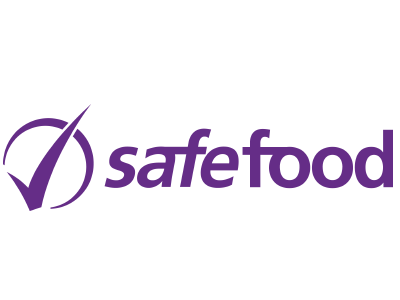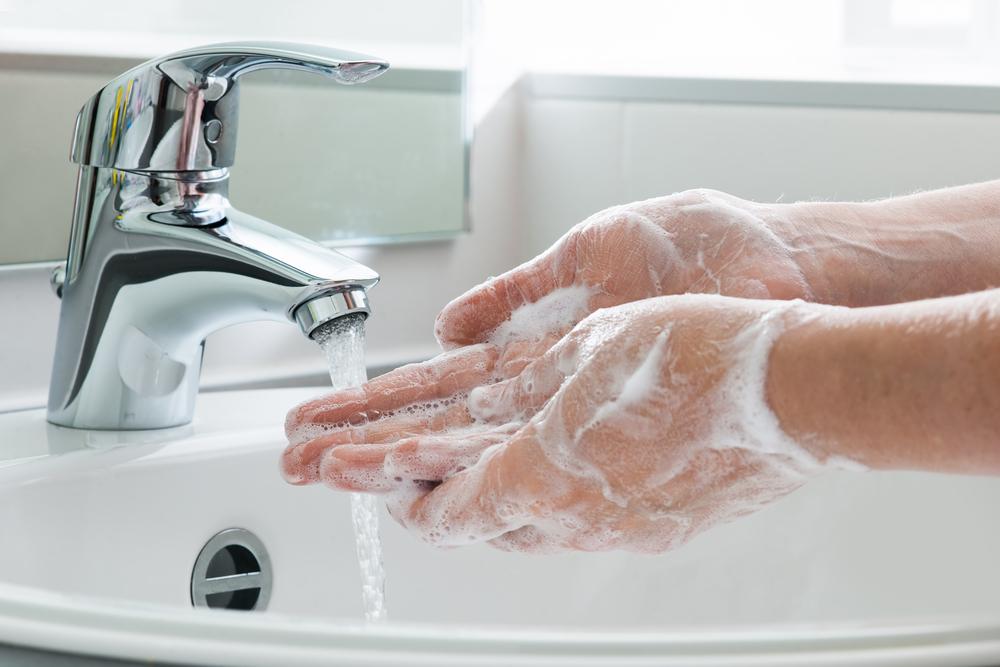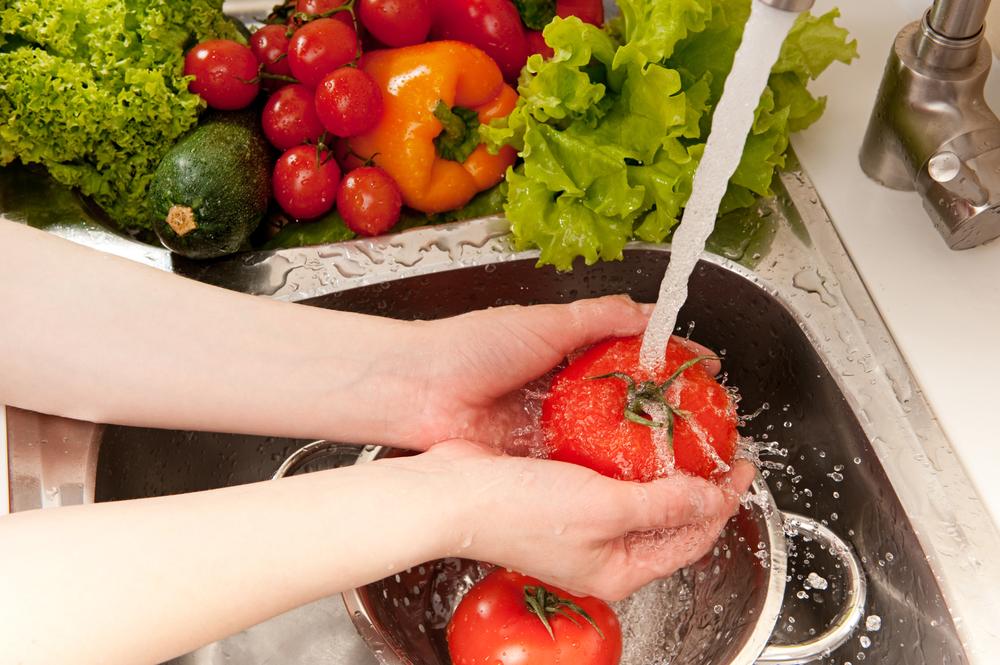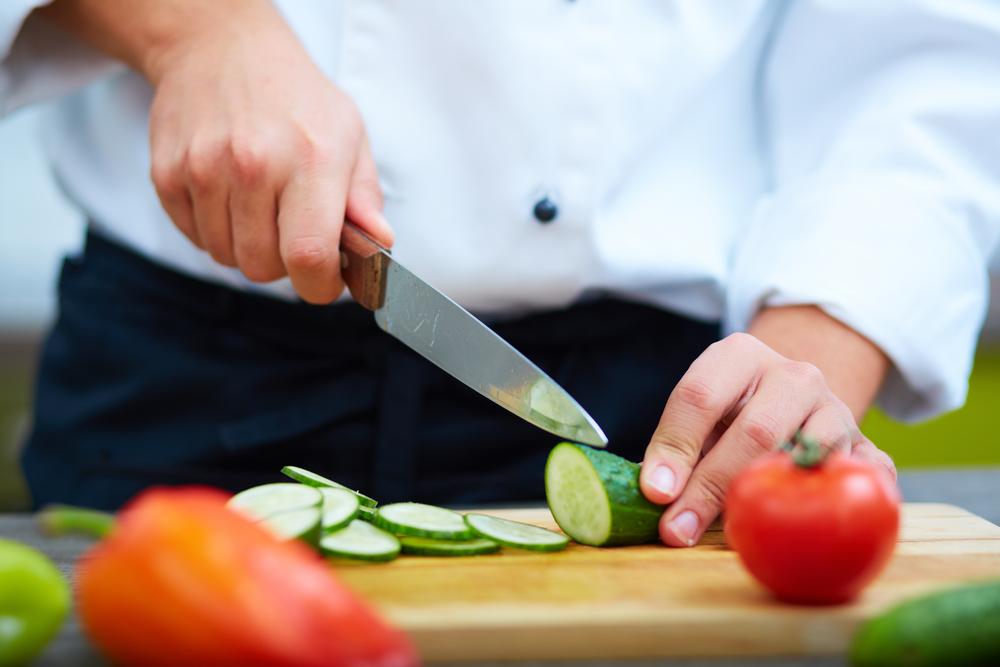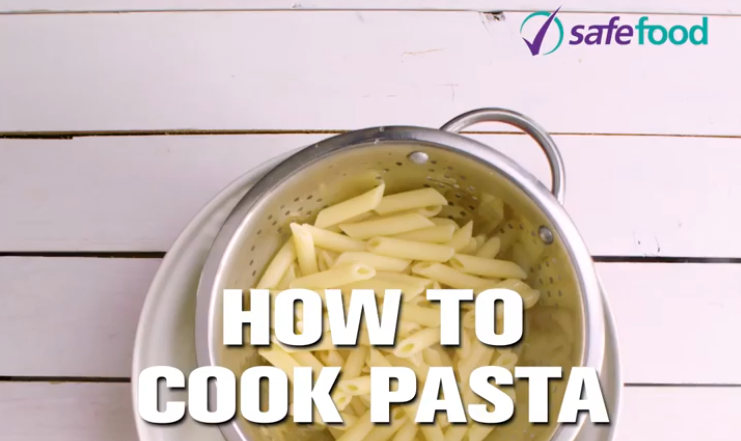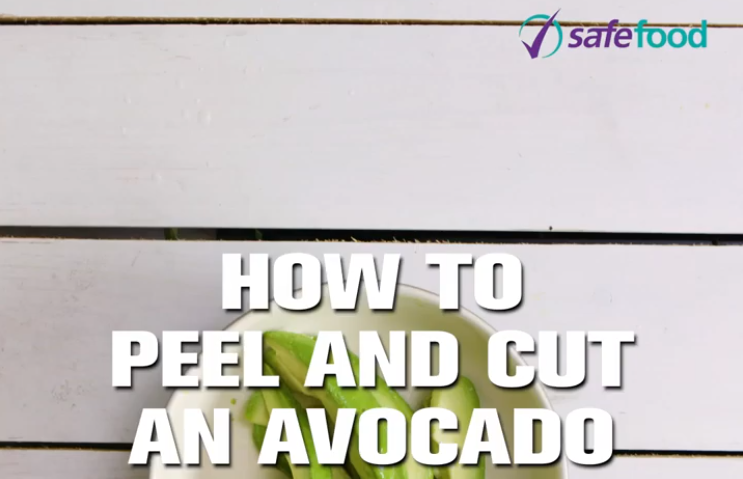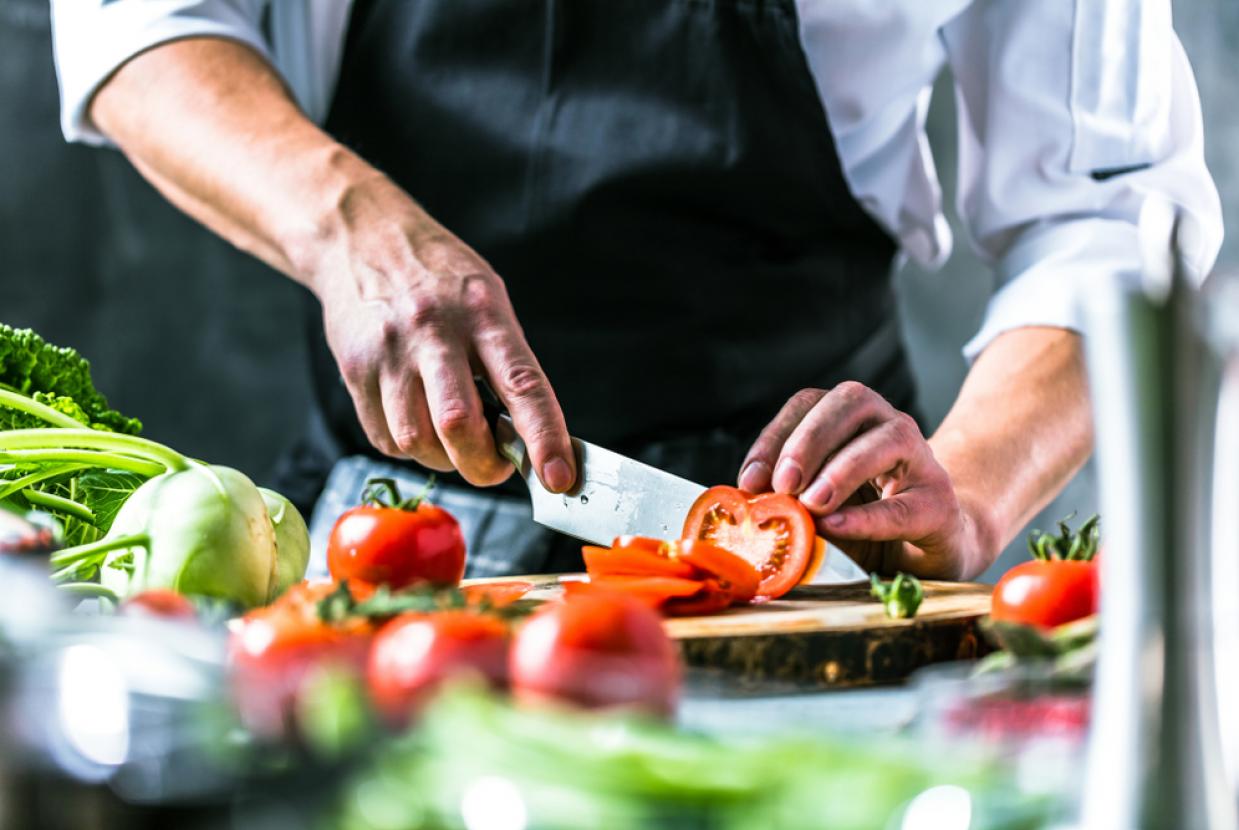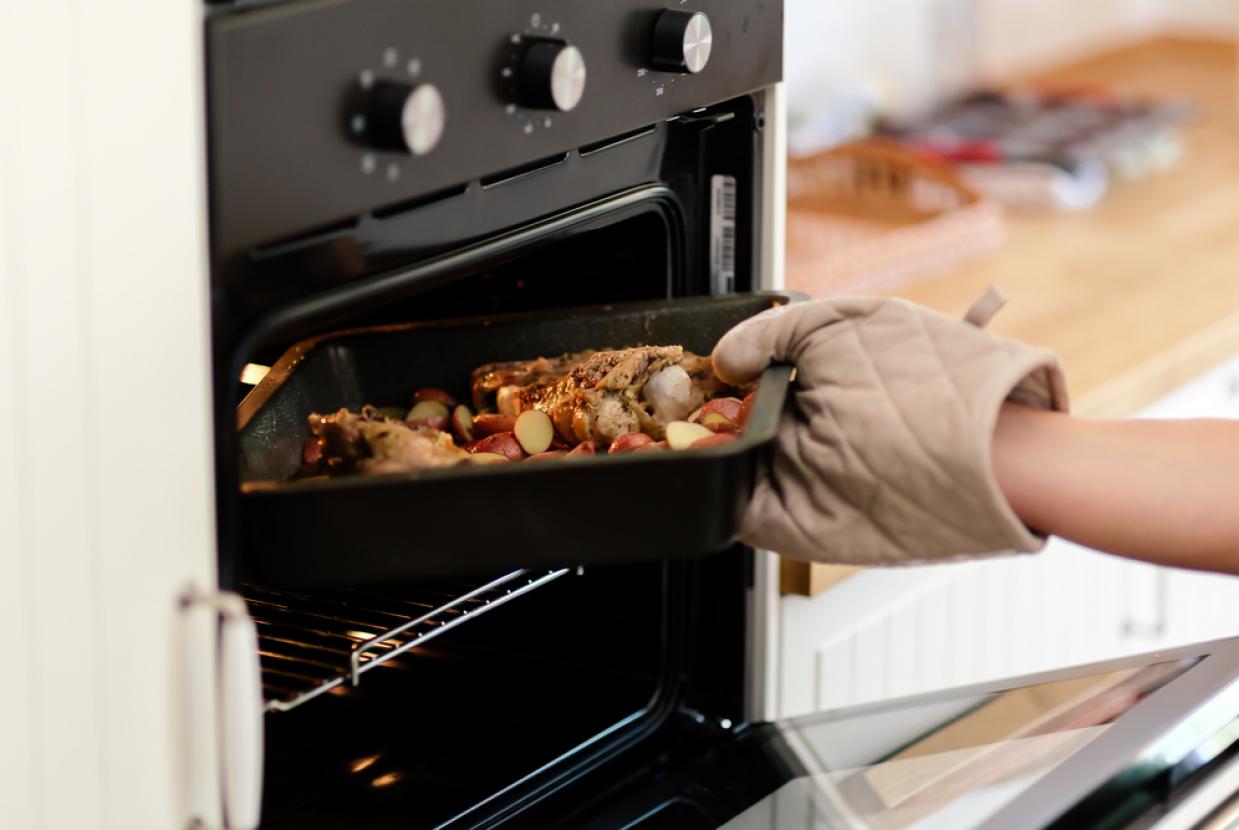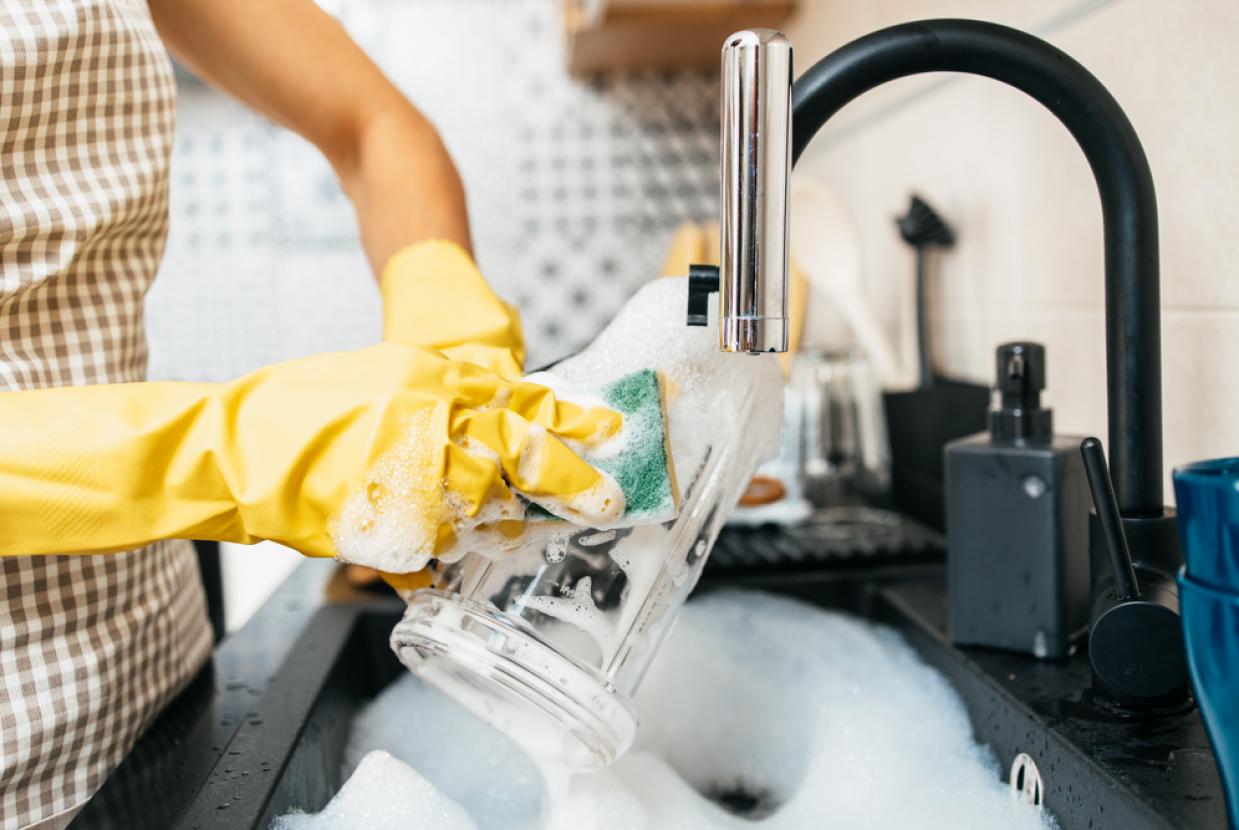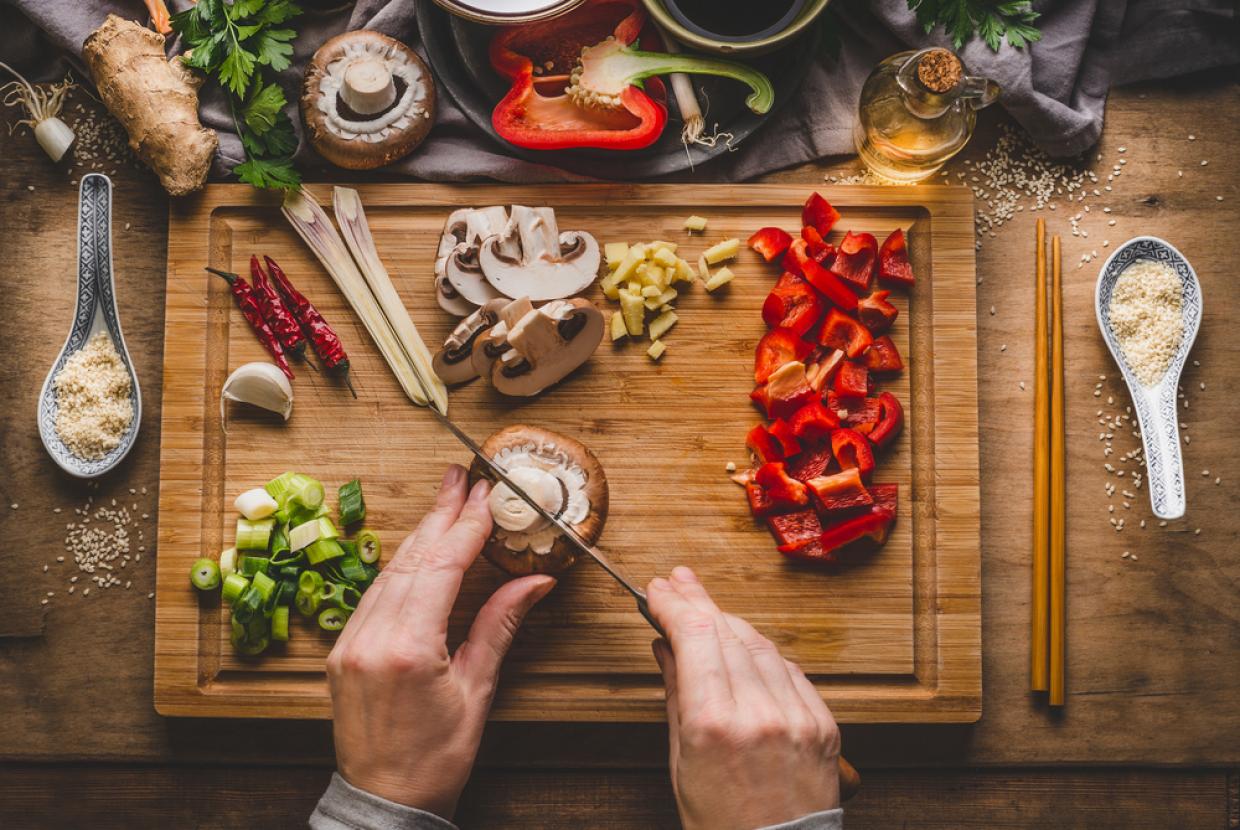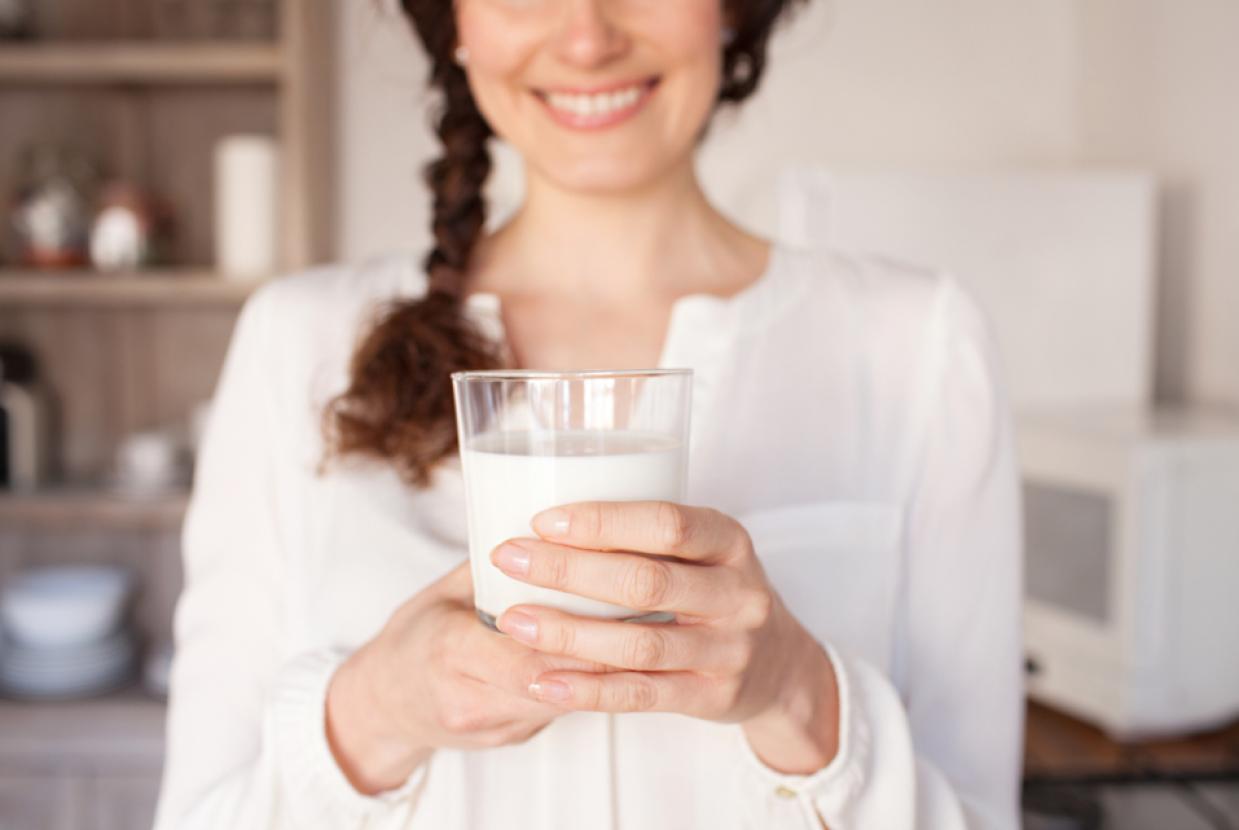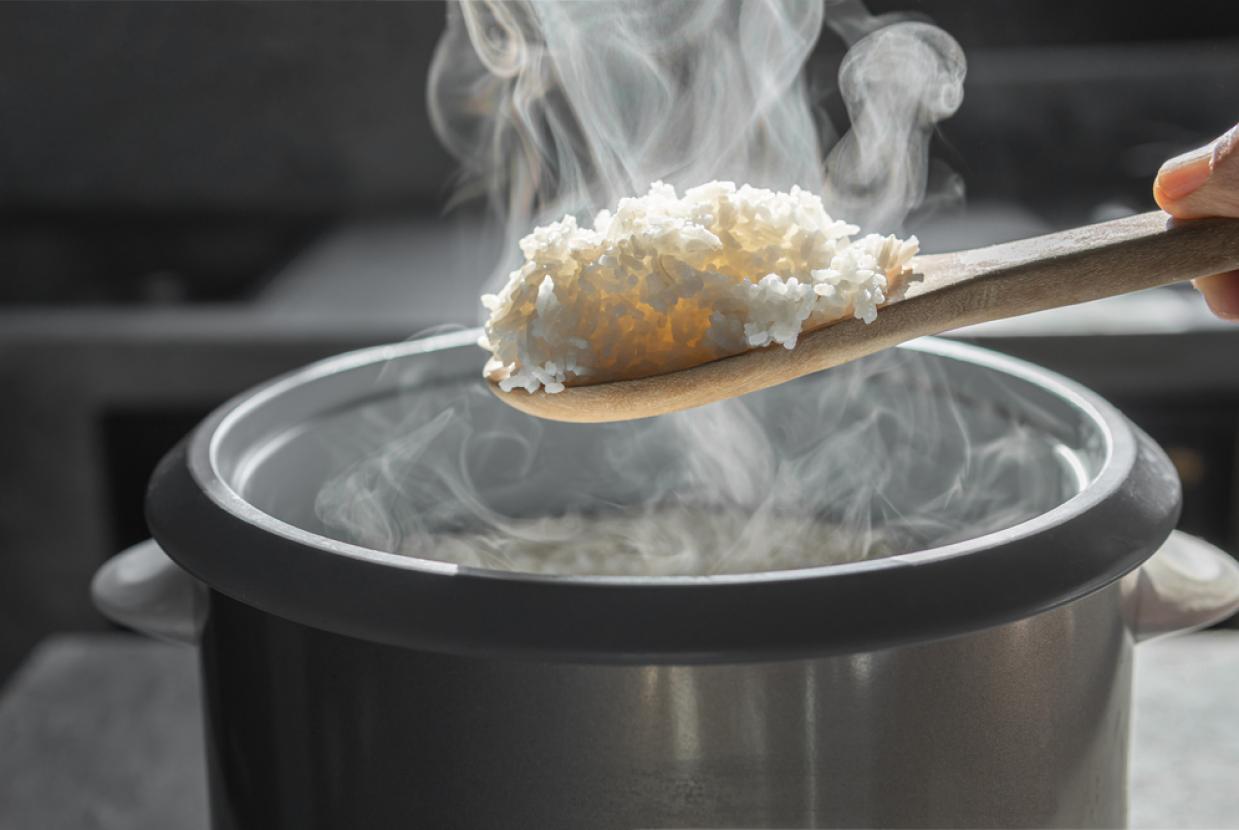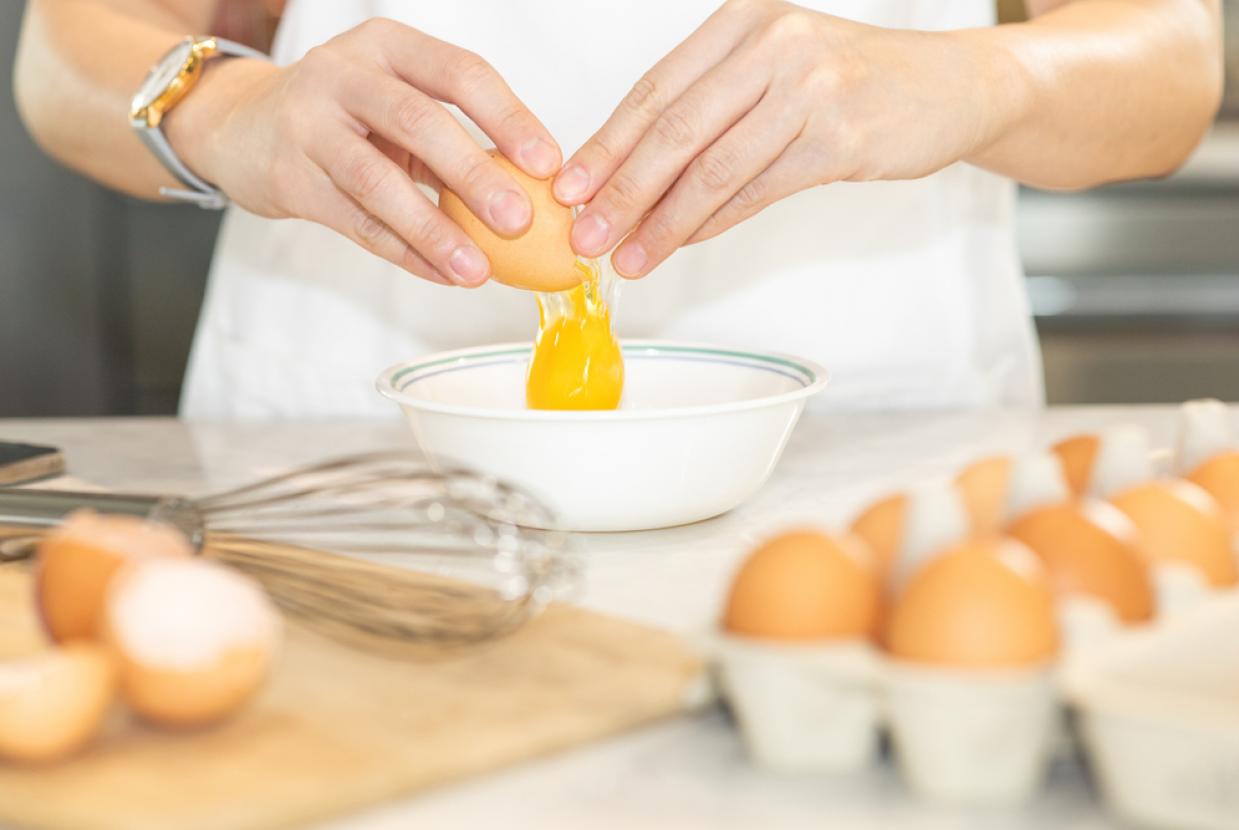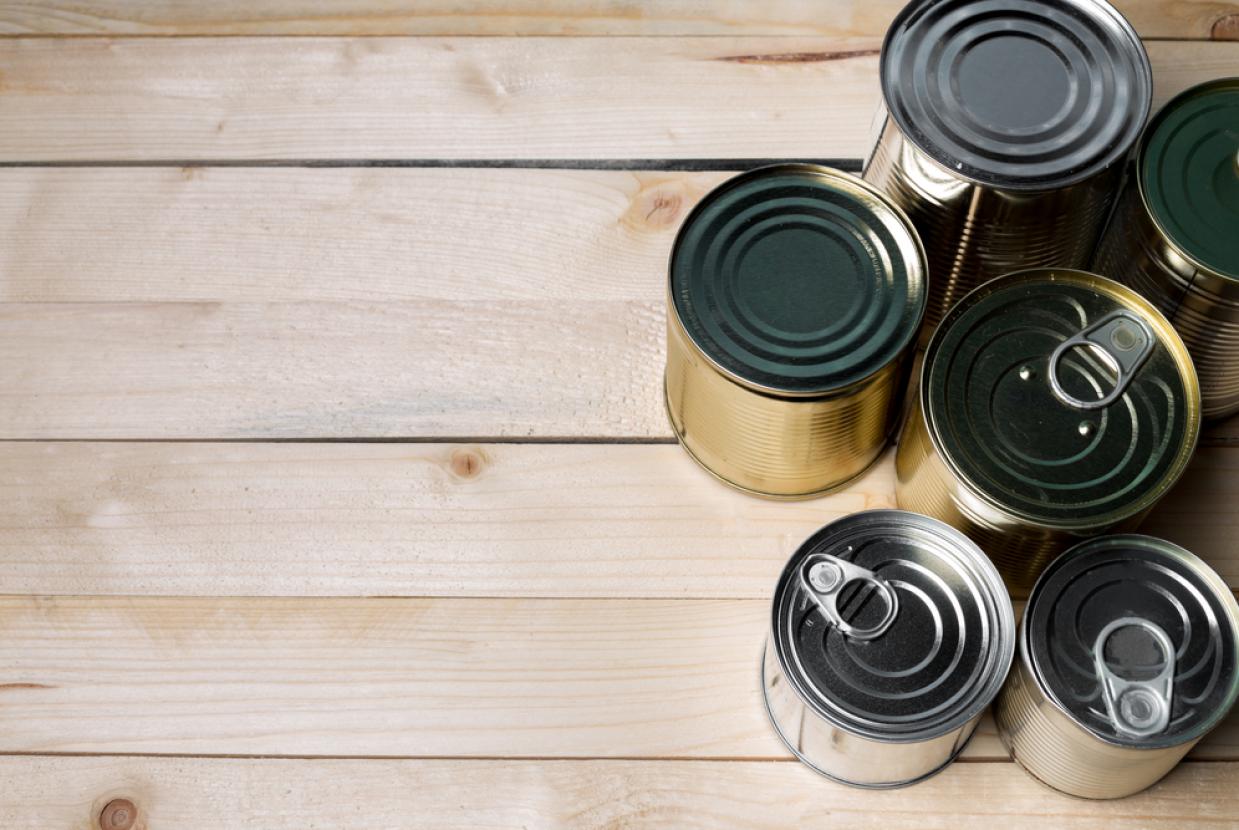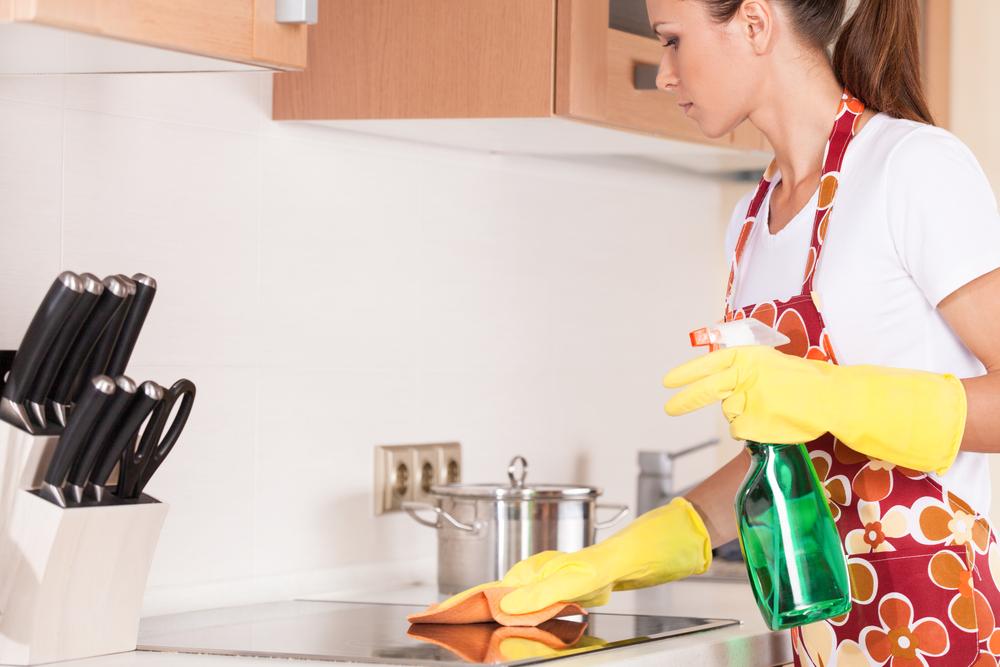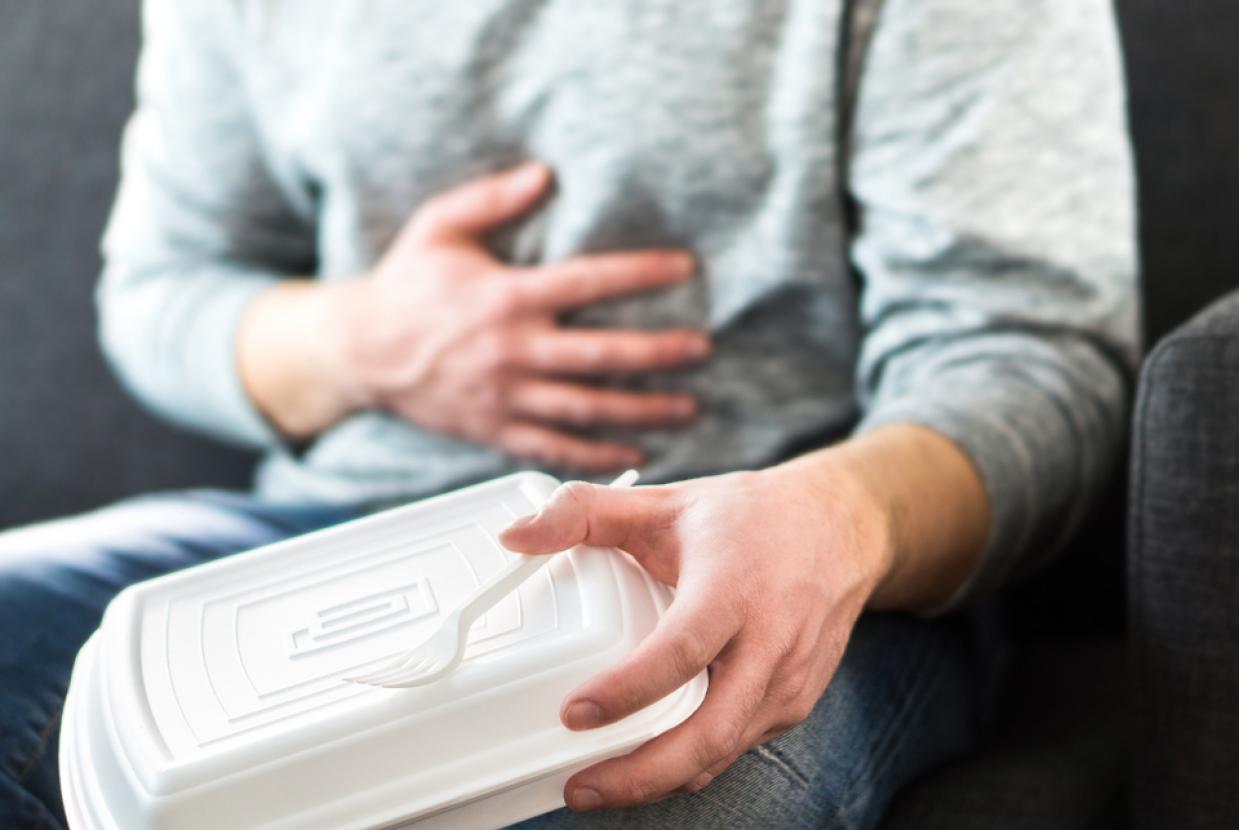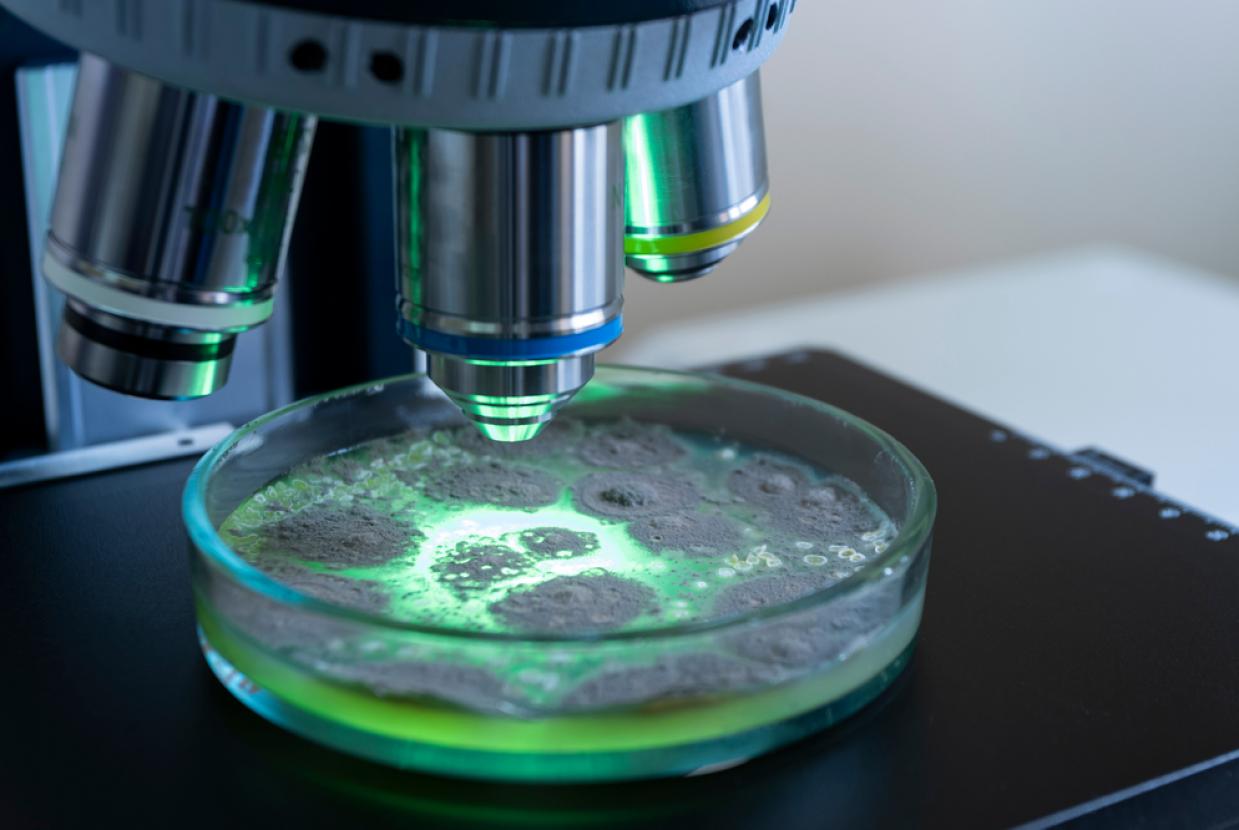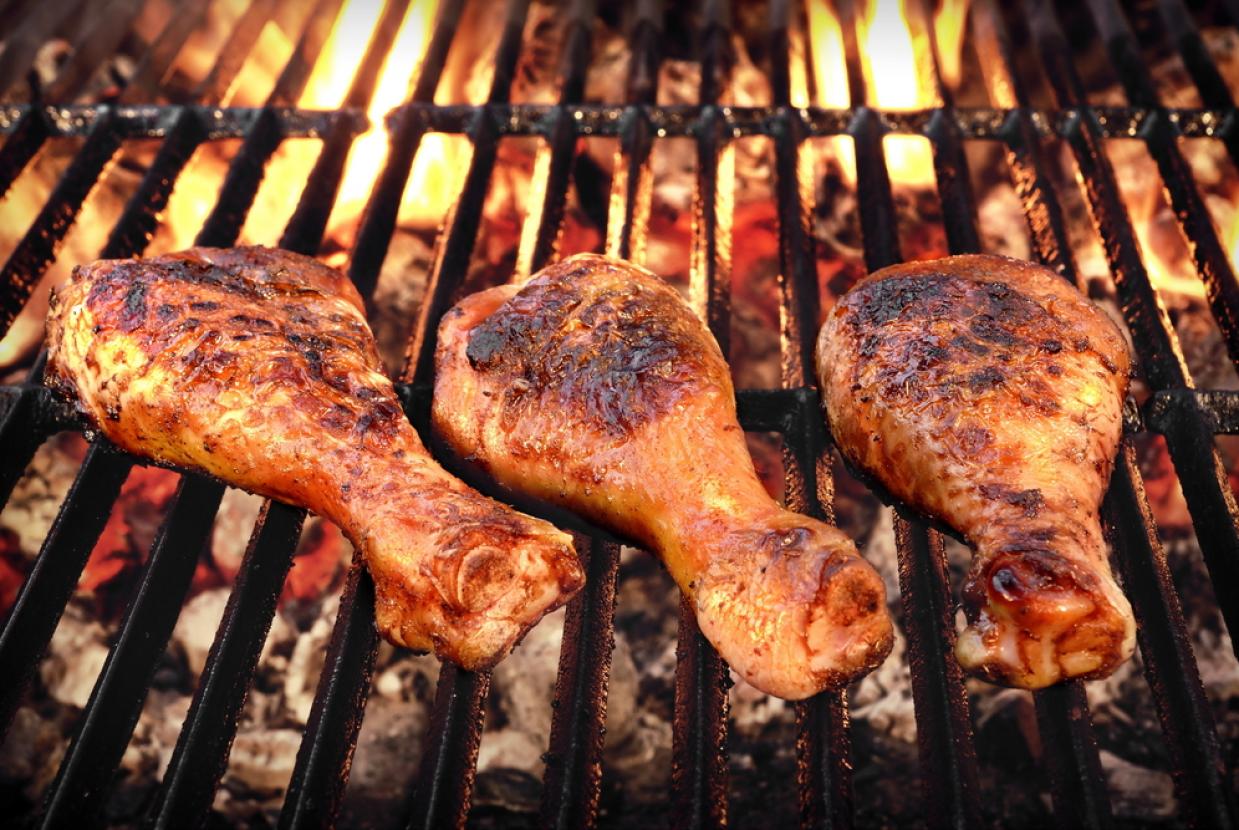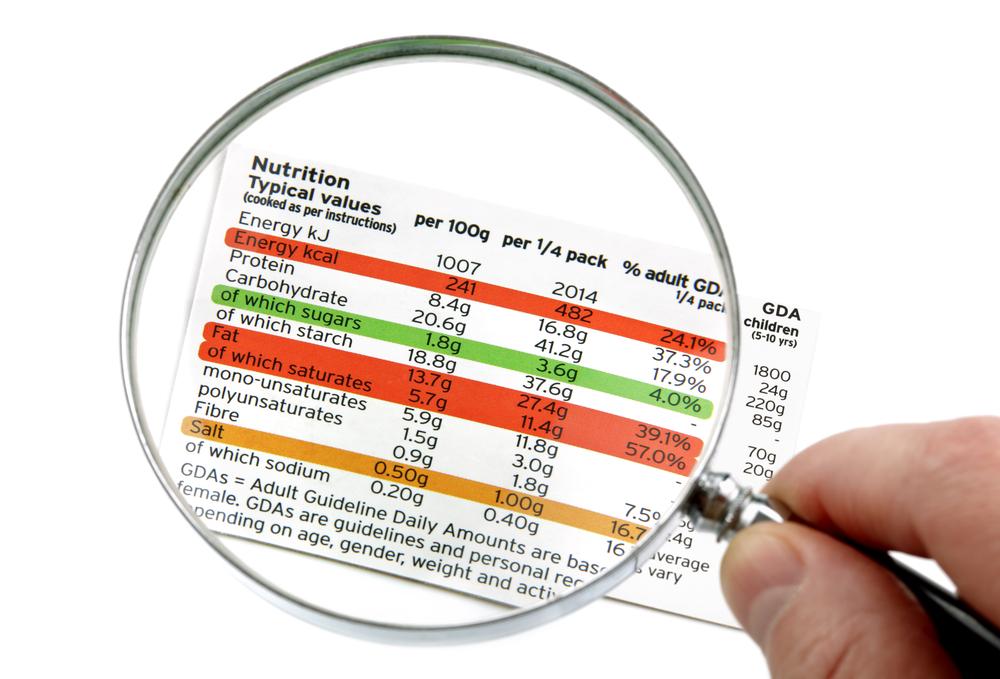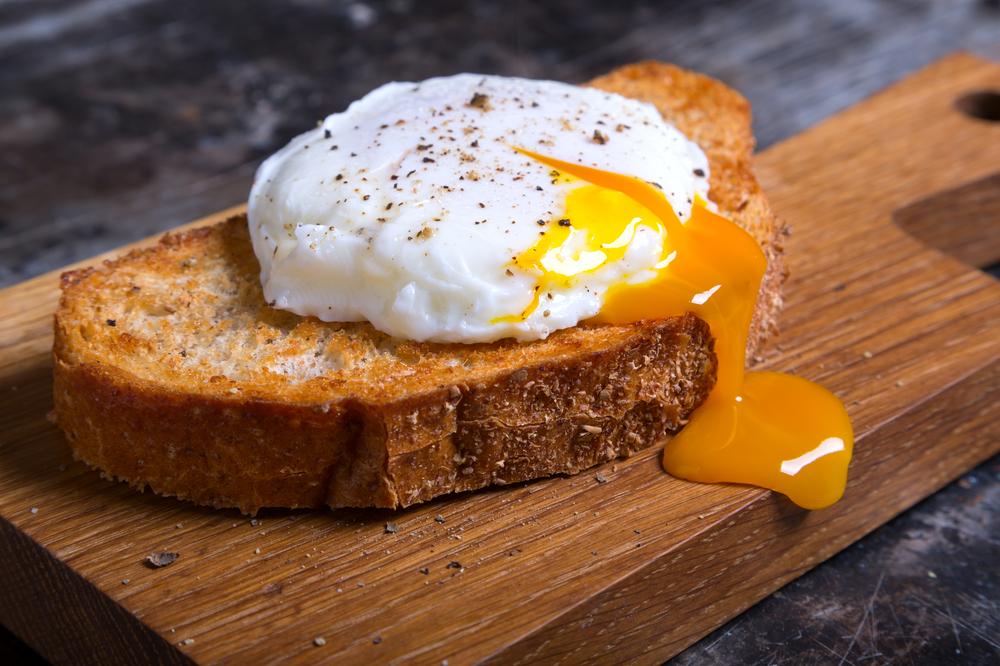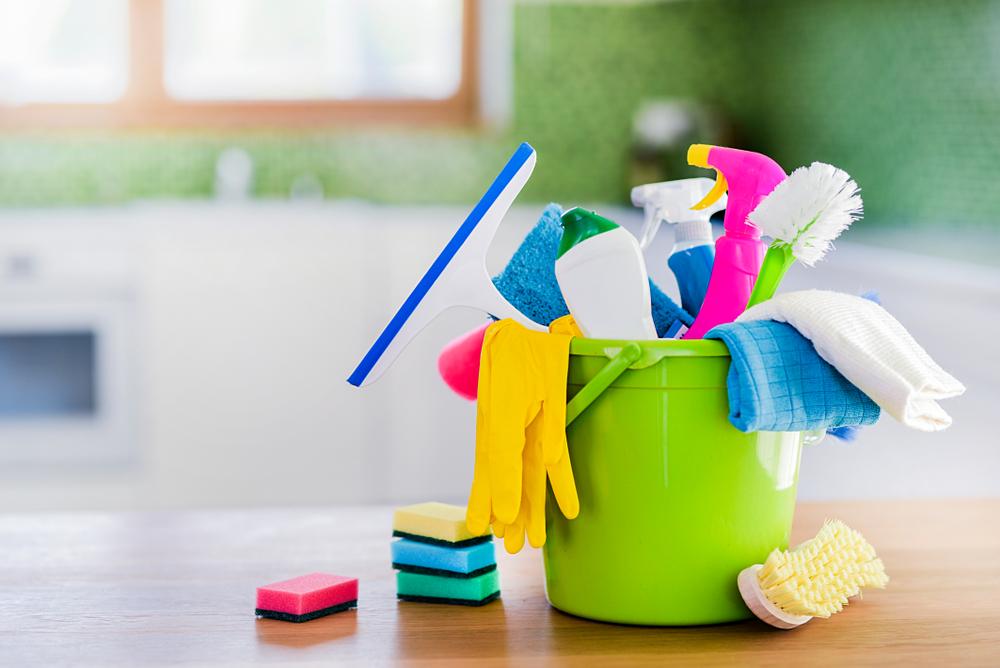Food safety FAQs
A: Cross-contamination describes how germs that cause food poisoning can easily spread in your kitchen through the following ways - if you haven’t separated raw meat/poultry and vegetables from the rest of your groceries; if you have incorrectly stored these foods in your fridge; if you mixed ready-to-eat foods with raw foods when in the kitchen; if you haven’t washed your hands properly or haven’t washed kitchen utensils or work surfaces properly.
Q: What is food poisoning?A: Food poisoning is an illness induced by eating food or beverages contaminated with harmful bacteria. Given the right conditions, millions of bacteria can flourish on common, everyday foods. Fortunately, most forms of food poisoning last only a short time - between one and three days. Some food infections may make you feel sick for as long as seven or more days, while other more rare cases may even be fatal.
Q: What should I do if I think I have food poisoning?A: There is very little you can do to stop an unpleasant stint of food poisoning once contaminated food has been eaten. That is why prevention is the most effective way to stay healthy. The following guidelines will help if you or someone in your family comes down with a sickness from stomach bugs:
- Re-hydration – You lose an enormous amount of fluids during a bout of food poisoning, so be sure to drink plenty of fluids. Pregnant women, young children, the elderly and people with a serious medical conditions are at an especially high risk of dehydration from food poisoning.
- Medical assistance – If you suspect you have food poisoning, contact a GP.
- Reporting – If you suspect that you are sick because you ate contaminated food, report the incident to your local environmental health officer.
A: Good food safety means knowing where bacteria are likely to thrive and not giving them a chance to get comfortable. Cross-contamination from raw meat and poultry is one of the main reasons for food poisoning in the home and studies have shown that up to 80% of food poisoning occurrences result from practices in the home. Regular cleaning of worktops, chopping boards and any surfaces that come into contact with food with hot soapy water and a good scrub is important to prevent the spread of bacteria.
Q: Is food hygiene in the home really that important? Don’t a few germs help to make you immune?A: Good hygiene in the kitchen is extremely important and food poisoning in the home is easily avoidable and should not happen. While you may not have experienced any ill-effects previously, it does not mean that it will not happen to you or a family member in the future. It is important to remember that the young, the elderly and those with weakened immune systems are more susceptible to food poisoning - of the most common form of bacterial food poisoning on the island of Ireland last year, 25% of reported cases in ROI were among those aged 4 years and younger. However the actual number of cases may be far higher as many cases go unreported
Q: Where do food poisoning cases originate?A: It can be difficult to generate exact figures on where food poisoning cases originate. One of the reasons for this is because of the length of the incubation period for food-borne disease and it can be difficult to trace back to an original source.
However, safefood research shows that there is a real risk of food poisoning occurring in homes due to people forgetting to implement simple good hygiene practices in their kitchens.
If consumers think that they have contracted food poisoning, safefood recommends that they drink plenty of fluids and they contact their GP for medical advice.
Q: How long does bacteria last on surfaces?A: A recent safefood study has shown that Campylobacter persists on kitchen surfaces for at least 1 hour after initial contamination. The same study revealed that E.coli persists on kitchen surfaces for at least 24 hours after initial contamination.
Q: How should I clean kitchen work surfaces?A: Good food safety in the kitchen means knowing where bacteria are likely to thrive and not giving them a chance to get comfortable. Always wash worktops and chopping boards with hot soapy water after preparing foods, especially after preparing raw meat, poultry, seafood or raw vegetables. ‘Make a clean break’ between preparing these raw foods and handling ready-to-eat foods.
Q: How should I clean dishcloths, sponges and tea towels?A: These are very suitable places for bacteria to multiply. It is best to change your dishcloth at least every other day or to change it immediately if you have used it to wipe down surfaces contaminated with raw foods including raw meat and root vegetables as any germs present will almost certainly spread to the dishcloth. Boiling your dishcloth for 15 minutes or washing in a washing machine on a standard cycle are the best ways to kill any germs that might be present. If you use your dishcloth to wipe off ‘high risk’ food residues such as raw eggs, raw meat/fish/poultry, raw vegetables, change it straight away. Do not use a cloth that smells bad or if it looks dirty as it is very likely it will have high numbers of bacteria are present.
Q: How should I clean kitchen utensils?A: These should be thoroughly scrubbed in plenty of clean hot soapy water or in a dishwasher, particularly after using them to prepare raw meat or chicken.
Q: When food shopping, what’s the safest way to pack raw meat?A: In the shop, put the meat in a separate bag, ideally a cool bag, away from other cooked foods and fresh produce to prevent any leakages and prevent cross contamination.
Q: Where should I store raw meats such as mince or chicken in my fridge?A: Store all raw meat, covered and placed in a container or tray on the bottom shelf of the fridge. This is to prevent cooked or ready-to-eat foods from coming into contact with raw meat or fish or unwashed vegetables.
Q: Should I wash meat or chicken in the kitchen sink?A: No - washing raw meat and poultry under the tap in the sink will create droplets and splashes that can spread to other parts of your kitchen or indeed in the air. They may easily spread to other ready-to-eat foods which you will not be cooking again – and these could make you ill when you eat those foods.
Unpack raw meat and poultry from their packaging by directly placing these foods into a baking tray or onto your cutting board, before disposing of the packaging straight into the bin. Throwing out the packaging straight into the bin will help to avoid cross-contamination kitchen surfaces. If you need to clean meat or poultry, wipe it down with disposable kitchen paper and throw that in the bin. After you have finished preparing raw meat or poultry, ‘make a clean break’, by washing all surfaces down with hot soapy water.
Q: We are told not to wash raw meat, but also told to rinse all containers before recycling - are we not just spreading the germs then?A: If you’re washing raw meat containers before recycling them, rinse them in warm soapy water and ensure that you limit any “spray” of water. It is always a good idea to sanitise your surrounding counter tops after you wash these containers.
Q: Do you need separate chopping boards for meat and veg?A: Ideally, it's better to have separate chopping boards for raw meat and for ready-to-eat food. Chopping boards are guilty culprits when it comes to harbouring bacteria. Cracks and grooves caused by knives can be home to bacteria. Wash your chopping board with hot soapy water after each use and be sure to scrub off any food or dirt particles. This is especially important if you have used the board to cut meat, poultry, seafood or raw vegetables.The high temperature of the dishwasher is a very effective way to wash plastic chopping boards but a good scrub in the sink with hot soapy water is also effective. Never put ready-to-eat food, such as salad, bread or fruit, on a worktop or chopping board that has been touched by raw meat, unless you have washed it thoroughly first.



